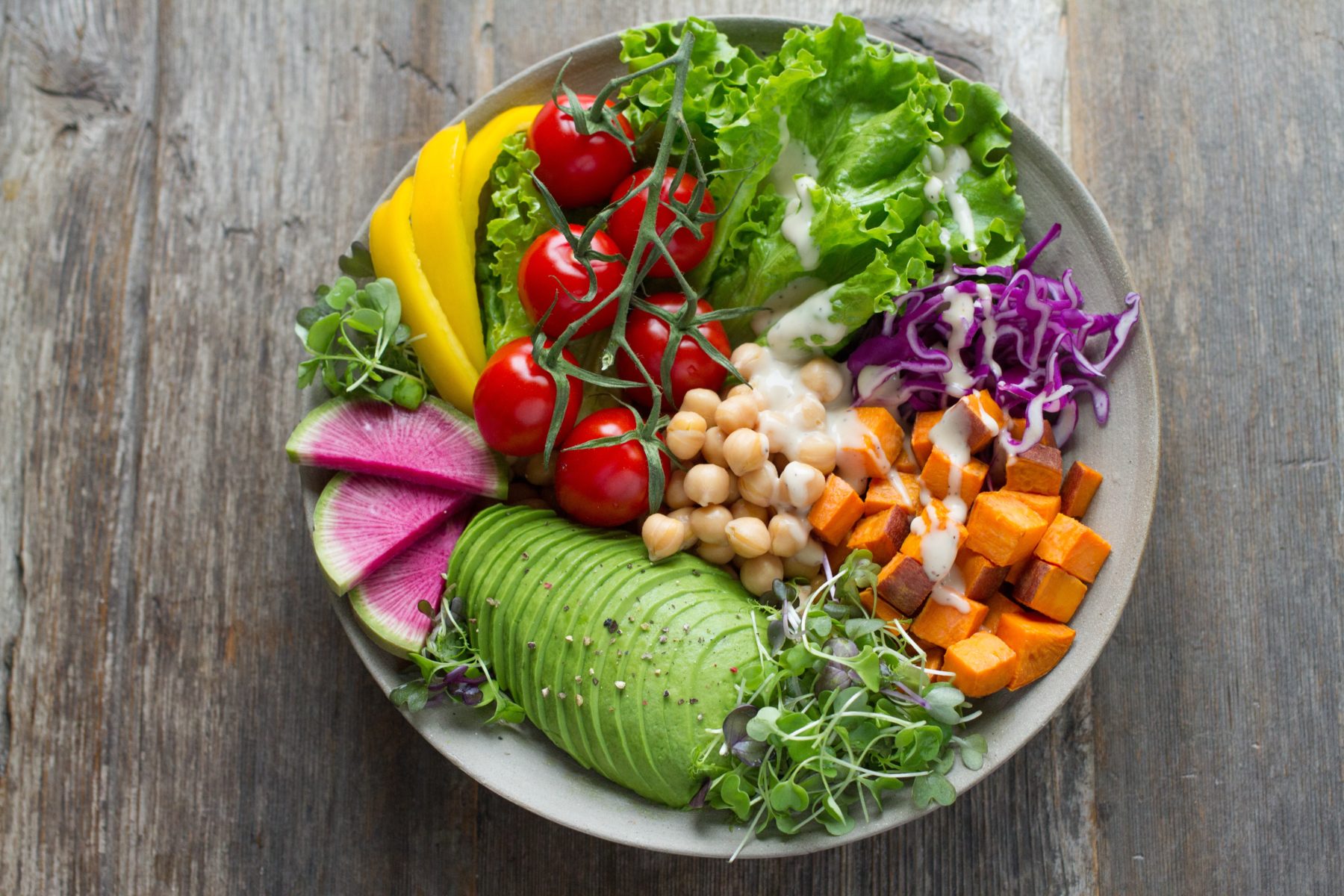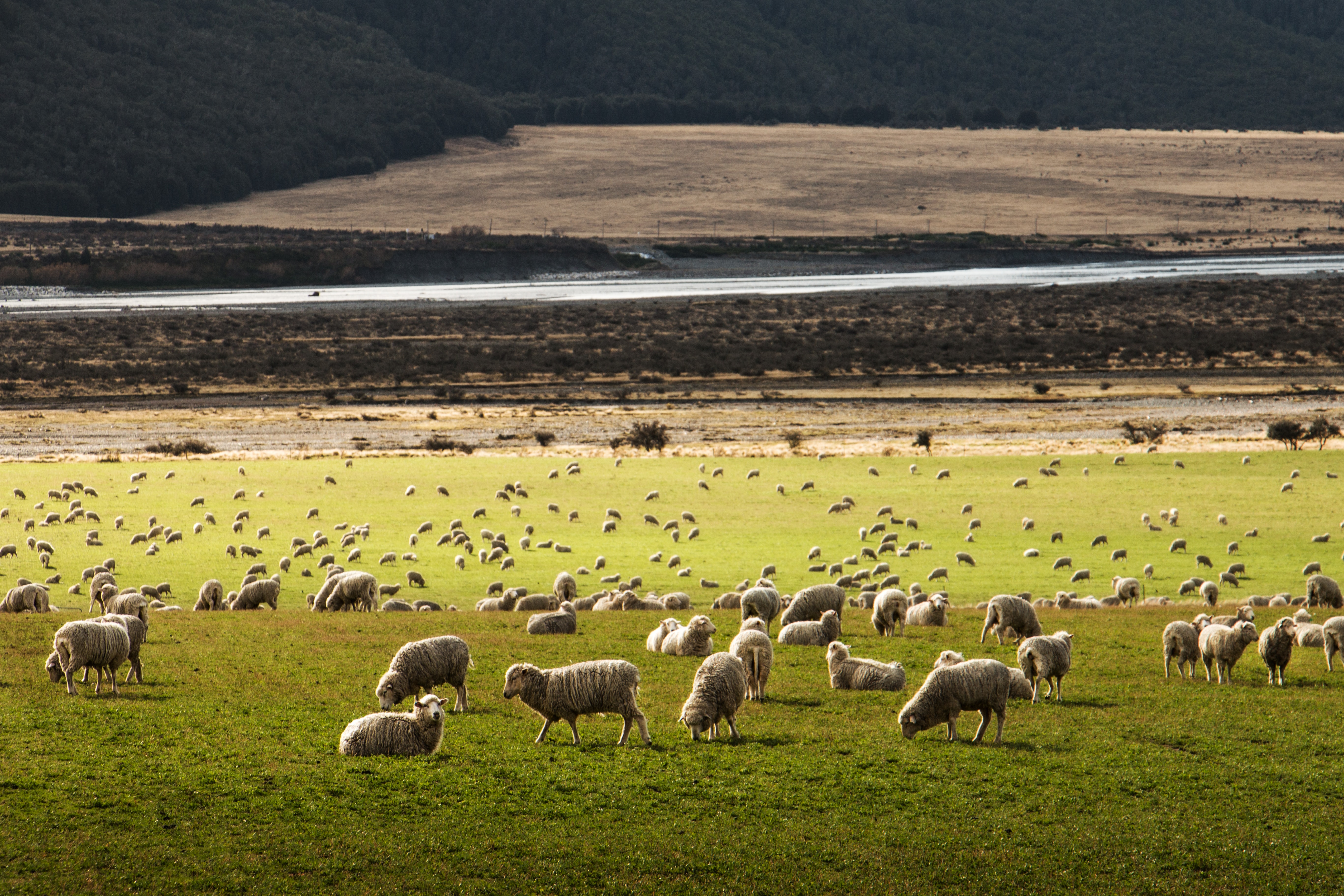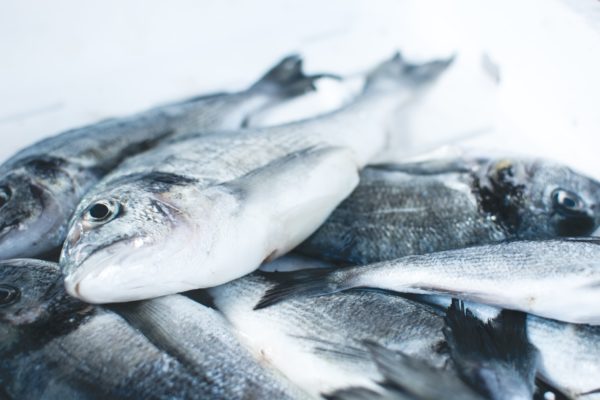With only 10 years remaining to limit the effects of climate change, we need to prioritise sustainable practices in our daily lives. And it’s going to take a lot more than using a KeepCup and riding our bikes to work.
In fact, our diets could be the key to making a difference.
Currently, Australia’s food consumption is responsible for significant greenhouse gas emissions, water usage and biodiversity loss.
Research suggests that returning to a healthy diet – one that prioritises natural whole foods over processed and animal products – is a much kinder choice for the planet.
A nation of carnivores
It’s no secret that a plant-based diet is good for us.
The Australian Dietary Guidelines recommend that we consume fruits, vegetables and grain products on a daily basis.

Although some of them inevitably come in packaging–like berries and bread–most of these wholefoods are available to purchase loose, eliminating any waste that would need to be thrown away.
It’s even possible to source fresh foods locally, minimising transport emissions. Alternatively, you can grow fruits and vegetables in your backyard.
Despite this, many Australians are consuming more processed and animal products than natural ones. In fact, our meat consumption has risen from 93kg to almost 95kg per person a year.
It’s a staple in both our diets and our culture, from Bunnings snags to meat pies. But the global meat industry is extremely resource-intensive; it uses nearly a third of our freshwater supply, and up to 80 per cent of all agricultural land.
Cattle and sheep are the main culprits, responsible for two-thirds of agricultural emissions.
Dr Michalis Hadjikakou, from Deakin University’s School of Life and Environmental Sciences, says that their digestion is partially to blame.
“Ruminant livestock, in particular cows, sheep and goats, are associated with significant greenhouse gas emissions because of enteric fermentation, a feature of their digestive systems,” he says.

As the livestock graze, they produce methane, a gas that retains more heat in the Earth’s atmosphere than carbon dioxide.
It is a key contributor to global warming.
Should I become a vegetarian, then?
With such harmful effects, it seems logical that plant-based diets are better choices for the environment. But even vegetarian and vegan products can be resource-intensive.
“Depending on the mode of production of any given food commodity, there is a huge range of environmental impacts,” Dr Hadjikakou says.
“Some plant foods, such as legumes and nuts, do have significantly lower greenhouse gas emissions, but can have high water requirements.”
And like animal-derived products, some vegan choices can be highly processed. Popular junk foods, like the luxurious Lindt chocolate or crowd-pleasing Oreos, are technically classified as vegan.

Dr Hadjikakou reminds us that making junk food, such as sweets and iced confectionery, also requires natural resources, of which our supply is dwindling, and involves unique packaging, refrigeration and transportation needs.
Imagine the environmental and health benefits of avoiding these products on your next grocery run.
Flexible diets
Making our diets more sustainable can be a challenge. The thought of giving up a juicy steak or our favourite chocolate bar is daunting for many.
Indeed, switching abruptly from an omnivorous diet to a strictly vegetarian or vegan one might be too much change too soon–for both us and the planet.
And although animal products are particularly resource-intensive, they require less water than many plant foods.
If we were to collectively switch from meat-eating to meat-abstaining, we could just be changing one problem for the other.
Instead, it may be wise to take a more adaptable approach to our diets. Flexitarians–or flexible vegetarians–balance a low meat intake with plant foods, instead of abstaining from them altogether.
Perhaps we should be looking to moderate our consumption of certain products, rather than banning them from our diets completely?

And while we’re reducing our intake, we can look into sustainable alternatives for these products too. In the meat sector, pigs and chickens produce less methane during digestion and are less resource-intensive.
Dr Hadjikakou recommends that we consume species with even less environmental impact, such as wild rabbits and kangaroos, to complement vegetal sources of protein, like legumes.
Kangaroos are native to Australia, and they’re in abundant supply. They place less pressure on grazing lands than traditional livestock and are harvested under strict conditions.
And being wild animals, containing their population could prevent them from overgrazing the land. They can also be killed without the need to be contained or transported to an abattoir.
Wild rabbits, on the other hand, were introduced to Australia during the 18th century. They are considered pests, and their population is already controlled using poison, fumigation and fencing. Consuming them would be another method of doing so.
For those of us who aren’t game to dine on Skippy or Peter Rabbit, the typical Mediterranean diet could be a suitable model to follow. It prioritises fruit, vegetables, wholegrains and legumes over animal products and junk food.
But before you go restock your pantry with sustainable alternatives, make sure to check out what you already have. In Australia, we’re responsible for around 3.1 million tonnes of food waste a year.
To avoid this, it’s a good idea to plan your meals in advance, and to use the leftovers in your fridge before they go off.



